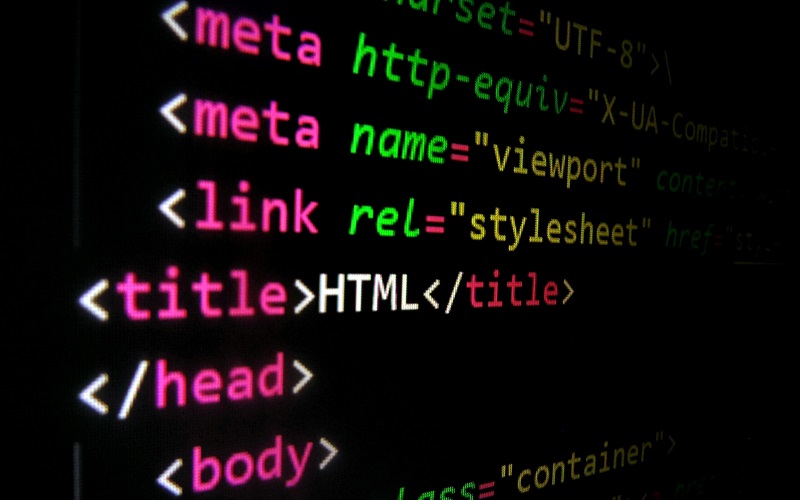
HTML (Hypertext Markup Language)
Definition: HTML is a standard markup language used to create web pages. It is the backbone of a website, providing the structure and content to the web page.
History: HTML was first introduced in 1989 by Tim Berners-Lee, a British computer scientist. The first version of HTML was called HTML 1.0, and it was used to create the first web pages.
Key Features:
- Markup Language: HTML is a markup language, which means it uses tags (enclosed in angle brackets
< >) to define the structure and content of a web page. - Structured Content: HTML uses a combination of tags and attributes to define the structure and organization of a web page’s content.
- Platform Independent: HTML is platform-independent, meaning it can be used on any device or platform that supports web browsing.
- Client-Side Rendering: HTML is rendered by the client-side (the user’s web browser), which means that the content is processed and displayed on the client-side, rather than on the server-side.
HTML Basics:
- Elements: HTML consists of elements, which are represented by tags.
- Tags: Tags are enclosed in angle brackets
< >and typically come in pairs (opening and closing tags). - Attributes: Attributes are used to provide additional information about an element, such as its style, size, or behavior.
- Semantic Meaning: HTML elements have semantic meaning, meaning they convey meaning to search engines and screen readers.
HTML Structure:
- DOCTYPE Declaration: The
<!DOCTYPE html>declaration indicates that the document is written in HTML5. - HTML Element: The
<html>element is the root element of an HTML document. - Head Element: The
<head>element contains metadata about the document, such as the title, charset, and links to external stylesheets or scripts. - Body Element: The
<body>element contains the content of the web page.
Common HTML Elements:
- Headings:
<h1>,<h2>,<h3>, etc. - Paragraphs:
<p> - Links:
<a> - Images:
<img> - Lists:
<ul>,<ol>,<li> - Tables:
<table>,<tr>,<td> - Forms:
<form>,<input>,<textarea>, etc.
HTML5 New Features:
- Semantic Elements: New elements such as
<header>,<footer>,<nav>, etc., which provide better semantic meaning to web pages. - Canvas Element: Allows for dynamic graphics and animations using JavaScript.
- Video and Audio Elements: Allows for embedding video and audio content directly into web pages.
- Geolocation API: Allows for location-based services and applications.
HTML Validators:
- W3C Validator: The World Wide Web Consortium (W3C) provides an online validator that checks for syntax errors in HTML code.
In summary, HTML is a markup language used to create web pages, providing structure and content to the web page. Its syntax is based on tags and attributes, and it has been evolving over the years with new features and elements being added with each new version, such as HTML5.
